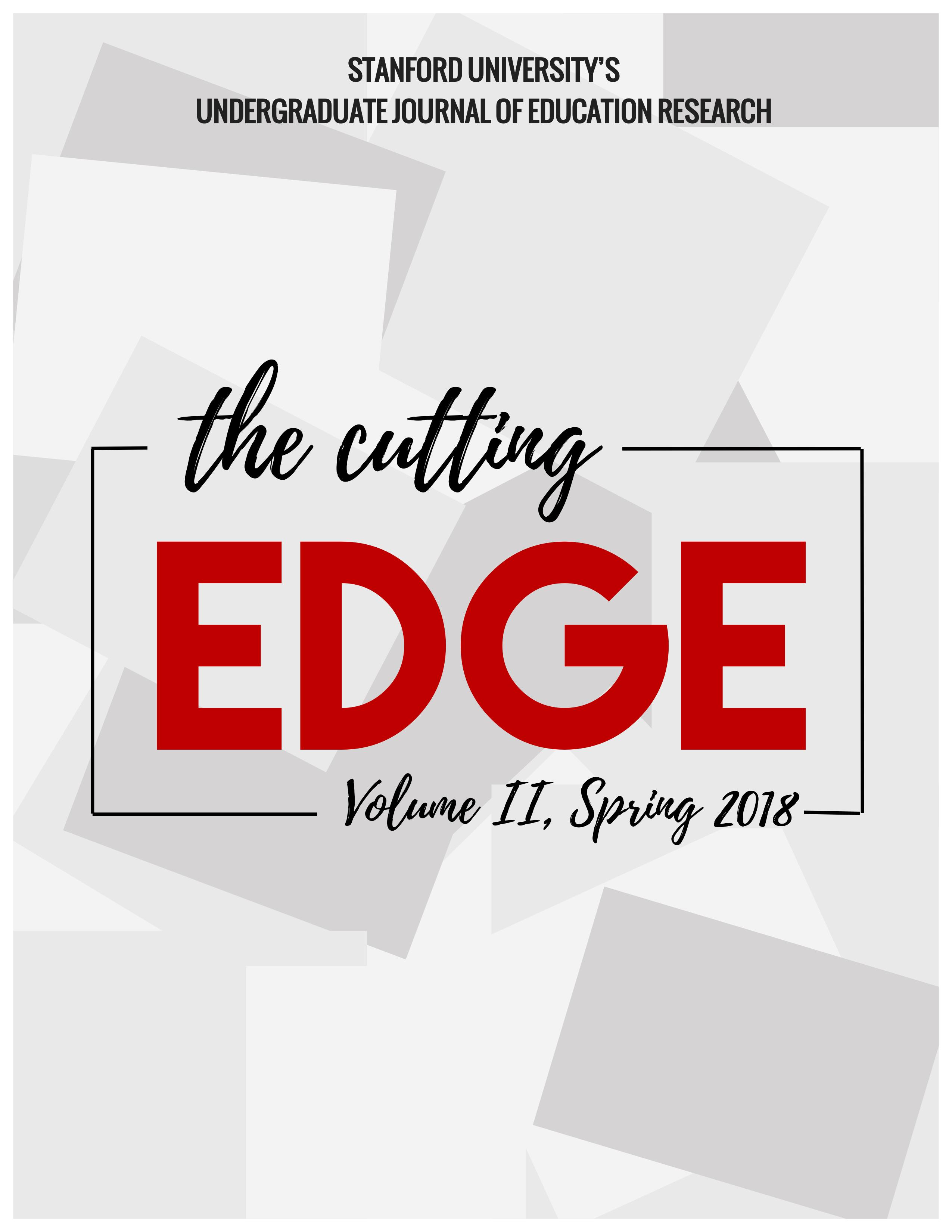The Algebra of Empathy
How Timed Tests Are Inhibiting Theory of Mind in American Math Classrooms
Abstract
Over the last century, academics in an expansive array of fields—from philosophy to art to neuroscience— have been arguing over the meaning of a certain moral objective: empathy. Although these definitions vary widely, they do converge at a single idea. In education, empathy requires the ability to understand another being's cognitive state, a skill also referred to as theory of mind. In the context of the American math classroom, theory of mind is the sum of three relationships: student and teacher, student and peer, and student and self. Using research from across disciplines, this paper argues that the overall lack of empathy in the math classroom is halting students' theory of mind, and without that ability to perspective-take, primary school children are not mastering the essential quantitative topics necessary to succeed in the 21st century's rapidly changing economy.
Downloads
Published
Issue
Section
License
Authors who publish with this journal agree to the following terms:
- Authors retain copyright and grant the journal right of first publication with the work simultaneously licensed under Creative Commons Attribution License that allows others to share the work with an acknowledgement of the work's authorship and initial publication in this journal.
- Authors are able to enter into separate, additional contractual arrangements for the non-exclusive distribution of the journal's published version of the work (e.g., post it to an institutional repository or publish it in a book), with an acknowledgement of its initial publication in this journal.
- Authors are permitted and encouraged to post their work online (e.g., in institutional repositories or on their website) prior to and during the submission process, as it can lead to productive exchanges, as well as earlier and greater citation of published work (See The Effect of Open Access).


